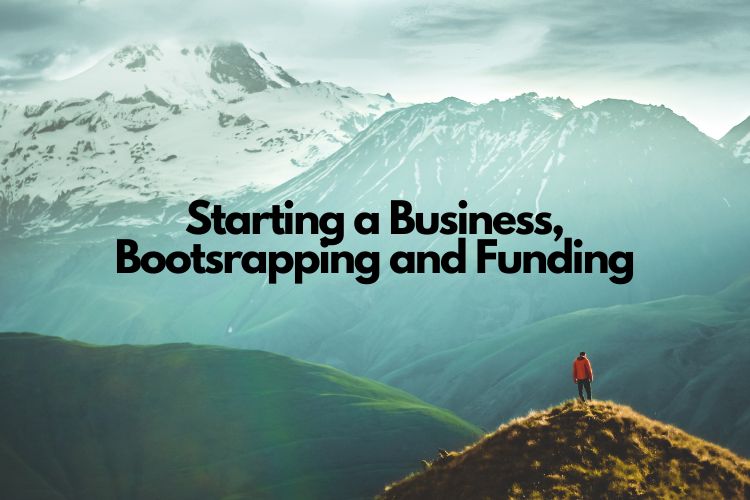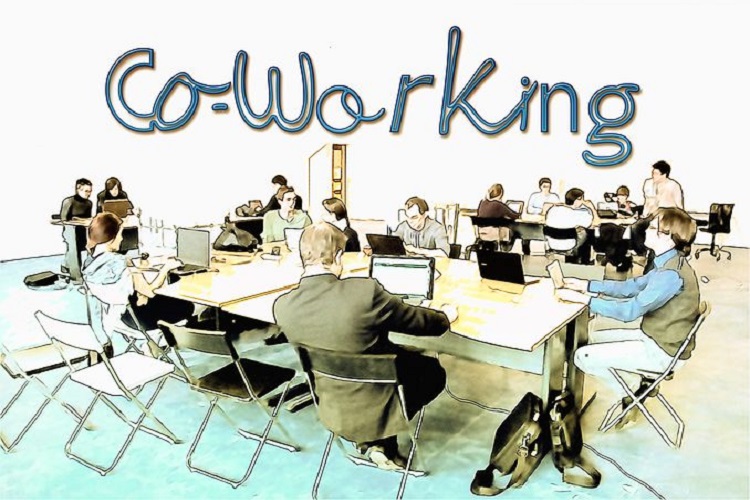The new year stretches before you, a blank canvas brimming with possibilities. But amidst the excitement, a crucial question lingers: how do you ensure this year becomes your best yet? The secrets of Small Business success, in the world of business, isn’t a random roll of the dice; it’s a meticulously crafted masterpiece, built on the foundation of strategic planning, financial mastery, and a willingness to adapt. This guide is your roadmap to achieving that masterpiece, a blueprint for propelling your business into a year of unparalleled triumphs.
Mastering the Art of Strategic Business Planning:
Remember the childhood thrill of meticulously plotting your adventures on a treasure map? Strategic Business planning is no different. It’s not just about setting goals; it’s about crafting a roadmap that guides your team to achieving them.
a) Delving into the Past:
Before charting the future, take a moment to reflect on the past year. Celebrate victories, analysing what led to their success. Learn from setbacks, identifying the hurdles that tripped you up. This isn’t just navel-gazing; it’s gathering vital data for your strategic playbook.
b) Building SMART Goals:
Ditch the vague aspirations and embrace the power of SMART goals. Specific, Measurable, Achievable, Relevant, and Time-bound, these goals are the guiding stars on your journey. Instead of aiming to “increase revenue,” set a concrete target like “grow revenue by 30% by Q3.”
c) Identifying Key Performance Indicators (KPIs):
Think project completion timelines, customer satisfaction scores, and key financial metrics. These KPIs are the checkpoints on your roadmap, ensuring you stay on track with your SMART goals. Regularly monitor and assess progress against these benchmarks, making adjustments as needed.
d) Developing a Flexible Plan:
Wishful thinking won’t cut it. You need a plan, a detailed breakdown of actionable steps that will propel you towards your goals. But remember, business is a dance with the unpredictable. Build flexibility into your plan, acknowledging the inevitable curveballs and being ready to adapt on the fly. Embrace agility; your plan is a living document, evolving with the changing tides of the market.
Secrets of Small Business Financial Mastery : The Engine of Growth:
While strategic business planning sets the course, financial mastery fuels the engine. This is where the rubber meets the road, where you roll up your sleeves and face the cold, hard truth of your business’s financial health.
a) Conducting a Thorough Financial Review:
No excuses. Dive deep into your numbers, scrutinizing every income stream and expense. Identify leaks, plug them, and uncover hidden opportunities for growth. Be brutal, be honest, and treat this as a treasure hunt for financial gold.
b) Slashing Waste and Embracing Efficiency:
Every cent saved is a victory earned. Streamline operations, identify inefficiencies, and squeeze every ounce of value from your resources. Negotiate better deals with suppliers, sharpen your pricing, and always be on the lookout for ways to cut costs without compromising quality. Remember, waste is the enemy of profitability.
c) Reviewing Pricing Structure:
The start of the year is the perfect time to re-evaluate your pricing strategy. Factor in material costs, labor, overheads, and expected market fluctuations. Aim for a healthy profit margin, that sweet spot between 10-20%, because without it, your business is merely treading water. Price like your future depends on it because it does.
Diversification: The Compass in Uncertain Waters:
The market is a fickle beast, and relying solely on one service is a recipe for disaster. Diversification is your compass, guiding you through choppy waters and towards new horizons.
a) Staying Ahead of the Curve:
Ignorance isn’t bliss, it’s a sinking ship. Keep your finger on the pulse of the industry, track trends, and understand what your competitors are doing. Know what’s hot, what’s not, and anticipate what’s on the horizon. Market empathy is key; listen to your customers, understand their needs, and be ready to adapt to their evolving demands.
b) Expanding Strategically:
Don’t be a jack of all trades, master of none. Identify services that complement your existing expertise, that leverage your strengths and resources. This isn’t about chasing every shiny object; it’s about strategically expanding your offerings where you already excel. Smart expansion, not haphazard experimentation.
c) Building Your Support System:
No one conquers a mountain alone. Join forces with like-minded individuals, seek advice from mentors, and leverage the power of community. Whether it’s our free Trades and Construction Mastermind Facebook Group or industry events, surround yourself with people who understand your journey and vision.
Author:
Stefan Kazakis
About the Author:
Stefan Kazakis is a trusted expert who helps tradespeople build thriving businesses. As a speaker, author, facilitator, and CEO of the Business Benchmark Group, Stefan assists clients to achieve their strategic goals and increase business revenue. With an outstanding track record spanning 25 years, he’s one of the few speakers exceptionally qualified to impart immediate, practical insights, ready to implement right away. Stefan and the team at Business Benchmark Group have worked with over 1000 small business owners, in the trades and construction sector since 2005.






